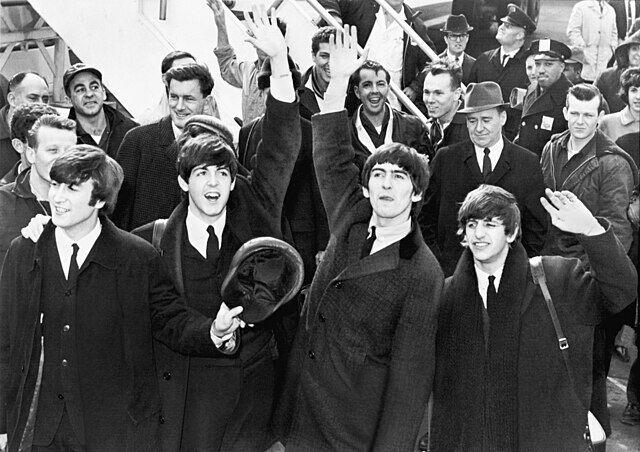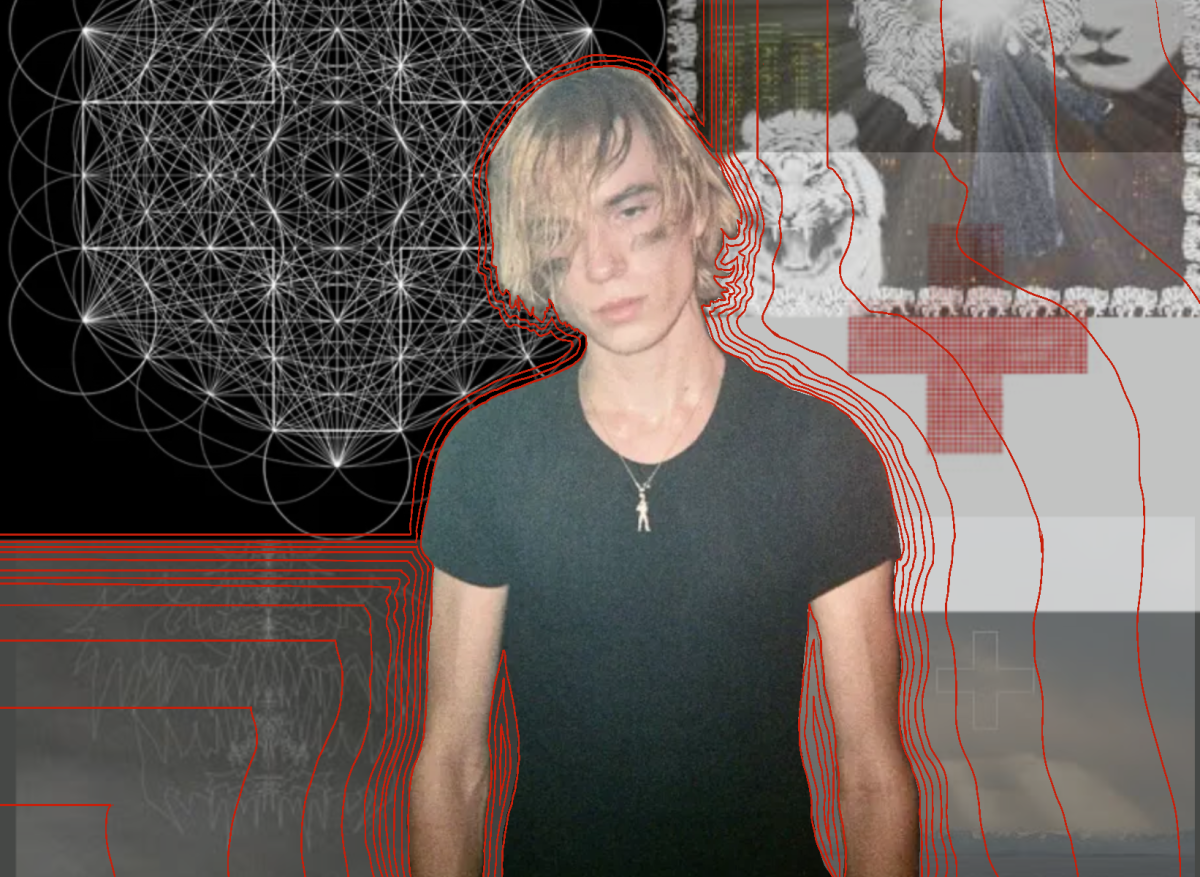The second film in Denis Villeneuve’s three-film remake of “Dune,” the classic 1965 sci-fi novel, was released March 1. “Dune: Part Two” reminds an instant-streaming world of the awe-inspiring experience only the movie theater can deliver. The dedication to preserving the integrity of the carefully designed politics, culture and characters of the original novel, while still translating it into a well-paced visual phenomenon, has earned “Dune: Part Two” the title of one of the greatest sci-fi films of all time.
The first movie in the trilogy, “Dune,” was highly acclaimed, securing six Academy Awards. To live up to the first movie and early reviews comparing “Dune: Part Two” to iconic films such as “The Dark Knight” and “The Empire Strikes Back,” it needed to leave audiences speechless — and it did just that.
The complex characters and dense narrative within the Dune franchise contribute to much of its success. However, its production, from the soundtrack to the cinematography, also deserves credit. Paul Fyfe, an associate professor of English, teaches ENG 376, a course dedicated to unpacking science fiction, and said it’s refreshing to have a science fiction franchise developing its own distinct visual experience and soundtrack.
“Dune is part of a broader trend to continually reinvent the in-person, big-screen cinematic experience for an audience to which media is ubiquitous,” Fyfe said.
The film follows Paul Atreides, played by Timothée Chalamet, as he is thrown from a life of sheltered nobility into becoming the prophesied Messiah, who is the foreseen leader of the entire Fremen tribe of Arrakis. “Dune: Part Two” found time to provide compelling arcs for all its characters even amidst the chaos of mass political conflict, including the looming possibility of war.
Dune’s setting consists of thousands of miles of sand, under which monstrous sandworms lurk beneath the surface. Sandworms are sensitive to vibrations, including those from footsteps, which make the sound essential to the audience’s experience.
“The soundtrack of Dune by Hans Zimmer and the particular choices made to really distinguish the sonic texture of the experience from other movies and other big soundtracks are really fascinating,” Fyfe said.
“Dune: Part Two” is at the top of the list for “must-see-in-theater” movies of 2024. The massive scope and immense detail of the environment seamlessly bridge the gap between the audience and a foreign universe that took Frank Herbert, the author of the original “Dune” novel, six years to research and write.
The dedication to the intricate ecosystem within Dune and the breadth of the visuals centered around the environment remind the audience of its integral impact on the story.
“It is a story about immersion in a new world, where the Atreides family is required to inhabit this entirely new place,” Fyfe said. “Dune dreams big. It finds a landscape with its own massive scale; the sense of the endlessness of the deserts and of the sky.”
While very successful, the first Dune movie received criticism for its densely packed exposition and slow pacing. “Dune: Part Two” creates a delicate balance as it expands the complexities of its politics and characters by using the much-needed exposition from “Dune: Part One” to allow for a thoughtful, but action-packed, narrative.
“In some ways, I hope that Dune doesn’t just become blockbuster big battles all the time but continues to explore what the cinematic narrative possibilities of its own slowness are,” Fyfe said.
A third movie in the Dune franchise has not yet been formally announced, but Villeneuve has confirmed it to be part of his vision for the film series.




















